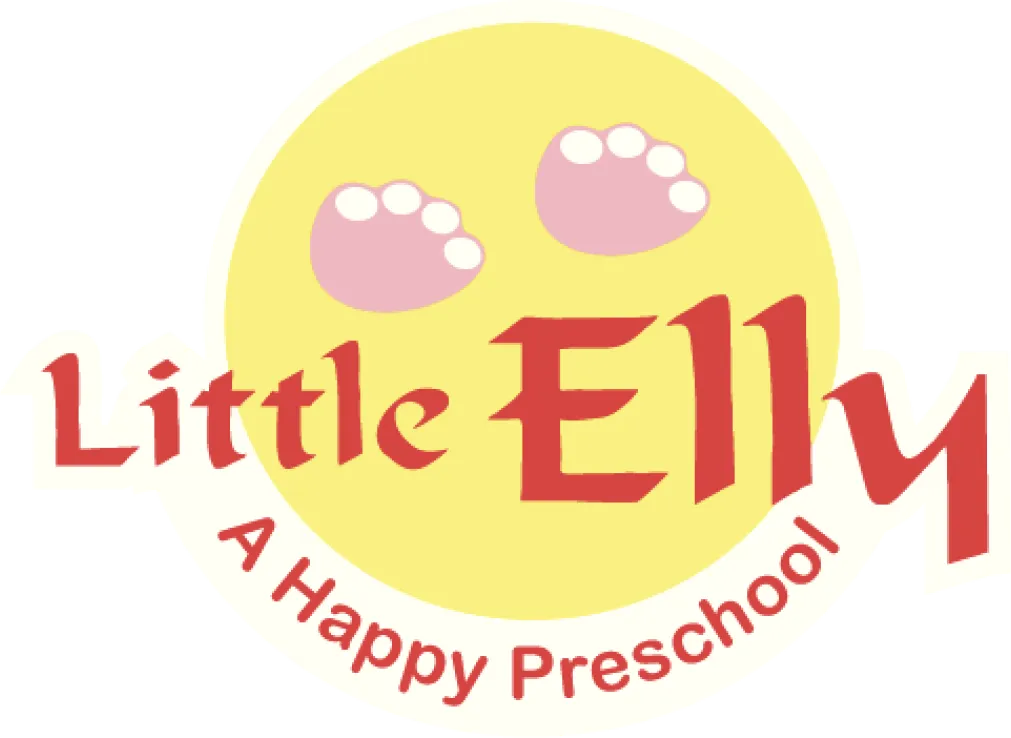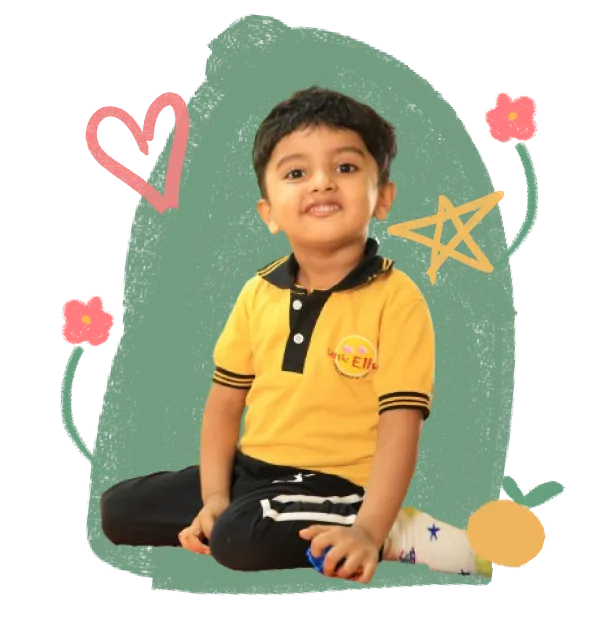Our innovative educational approach equips students with the skills to tackle real-world challenges and thrive in a complex future. Here’s a snapshot:
Real-World Problem-Solving: Students gather and analyze information to creatively solve actual problems, using science, math, and technology.
Deep Learning: Instead of rote memorization, students are encouraged to critically examine their beliefs and understand the depths of their lessons.
Practical Skills for Today: Through project-based activities and real-world experiences, students develop essential life and career skills like teamwork, communication, and creativity.
Tailored Education: Students learn in a way that best suits them, choosing their learning pace and subjects, making education a personal journey.
Community Engagement: Learning extends beyond the classroom to include respect, acceptance, and understanding, fostering a sense of belonging and empathy.
Local and Global Awareness: Students use their local community as a learning resource, broadening their view and tackling issues that impact their world directly.








